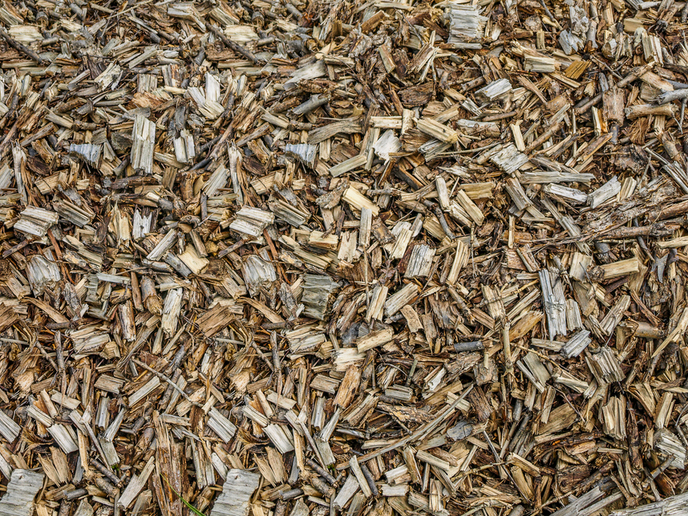Advancing knowledge of sustainable biorefining
Lignin is a natural polymer present in plant tissues and one of the main components of lignocellulose or biomass. Annually, the pulp and paper industry releases about 130 million tonnes of lignins. Yet, despite accounting for 30 % of plant biomass and 40 % of its energy content, lignin is underutilised, serving mainly only as a source of low-energy solid fuel. ‘Lignin-first’ biorefining is a technique that uses chemical catalysis and considers lignin valorisation in the design phase of biomass deconstruction. The ERC-supported project LIGNINFIRST (The Lignin-First Approach for the Full Valorisation of Lignocellulosic Biomass), hosted by Imperial College, London, was set up to investigate the complex processes of biomass deconstruction and develop new strategies to improve the individual yield of valuable compounds released during lignin-first biorefining. “Our research group has pioneered the lignin-first biorefining approach using organic molecules as a hydrogen source to control the reactivity of lignin fragments,” explains the principal investigator, Roberto Rinaldi. “Further understanding the complex chemistry involved will improve our patented process.”
Stabilising lignin products
Lignin has a complex chemical structure, with no two molecules alike. In the early days of lignin biorefining, researchers discovered that no matter how good the catalysts were, conventional approaches consistently resulted in very complex mixtures of compounds, making their use difficult. The catalysts, which deconstruct lignocellulose, work through depolymerisation, which breaks down large molecules into fractions of cellulose, hemicelluloses and lignin. Rinaldi’s pioneering work contributed to the realisation that the problem was not the catalysts themselves, but rather lignin degrading in the extraction process and how this impacts on its receptiveness to chemical processing. As lignin fragments are reactive, the biorefining process often causes them to recombine, forming less reactive but more complex polymer structures or ‘technical’ lignins. The LIGNINFIRST project enabled the team to further develop their strategy of processing lignin in its ‘native’ form(opens in new window). “We discovered that using a catalyst at the lignin extraction stage – hence ‘lignin-first’ – instead of processing extracted lignin in the presence of a catalyst, controlled the recombination of lignin fragments. This produced a few high-value compounds rather than a complex mixture of many,” says Rinaldi. The team also demonstrated that the relationship between catalysis and lignin valorisation is no longer limited to downstream processing: the processing of technical lignin waste generated by the pulping and paper industry. Catalyst solutions for the pulping process itself introduced methods for lignocellulose deconstruction, referred to as ‘Catalytic Upstream Biorefining’. Additionally, proof of concept membrane filtration(opens in new window) to refine the lignin was also achieved. “It is crucial to develop processes for separating the compounds in the lignin-first liquor, to help with recycling liquor solvents and transform lignin products into advanced biofuels,” he notes.
Benefitting the bioeconomy
The pulp and paper industry directly creates more than 180 000 jobs in Europe and 1.5 million indirectly. With a turnover of EUR 90 billion, the sector adds EUR 20 billion to the EU’s GDP. LIGNINFIRST’s fundamental research benefits efforts to increase the value of lignocellulose from wood and crop residues. “We don’t view a barrel of crude oil as waste because we have the technology to transform it into useful materials, unlike bags of wood chips despite their potential,” says Rinaldi. “By better understanding the interplay of chemical processes in lignin-first biorefining, LIGNINFIRST has contributed not only to lignin valorisation efforts but also to maximising biomass as a renewable feedstock for sustainable manufacture.”







